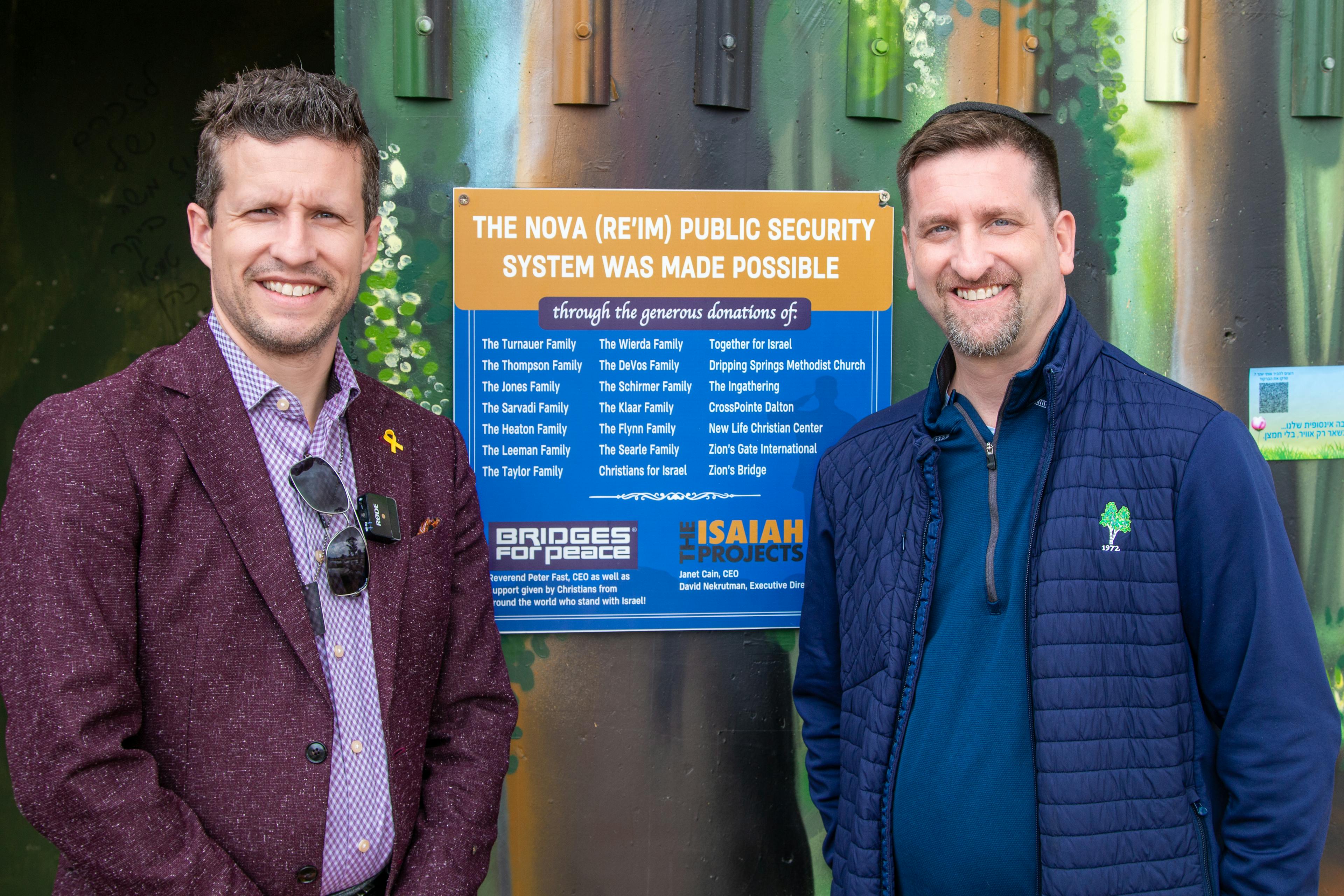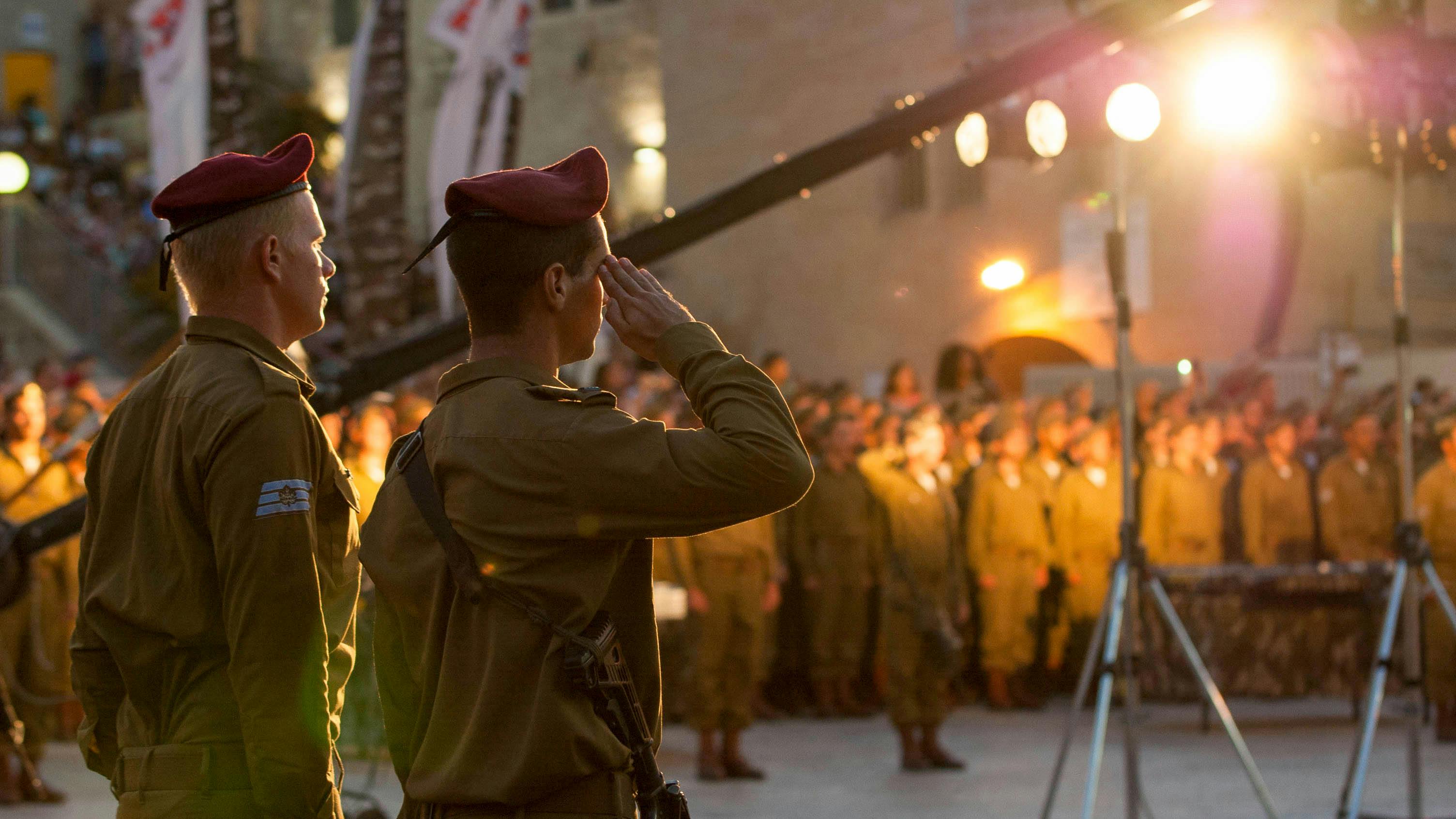We Will Remember
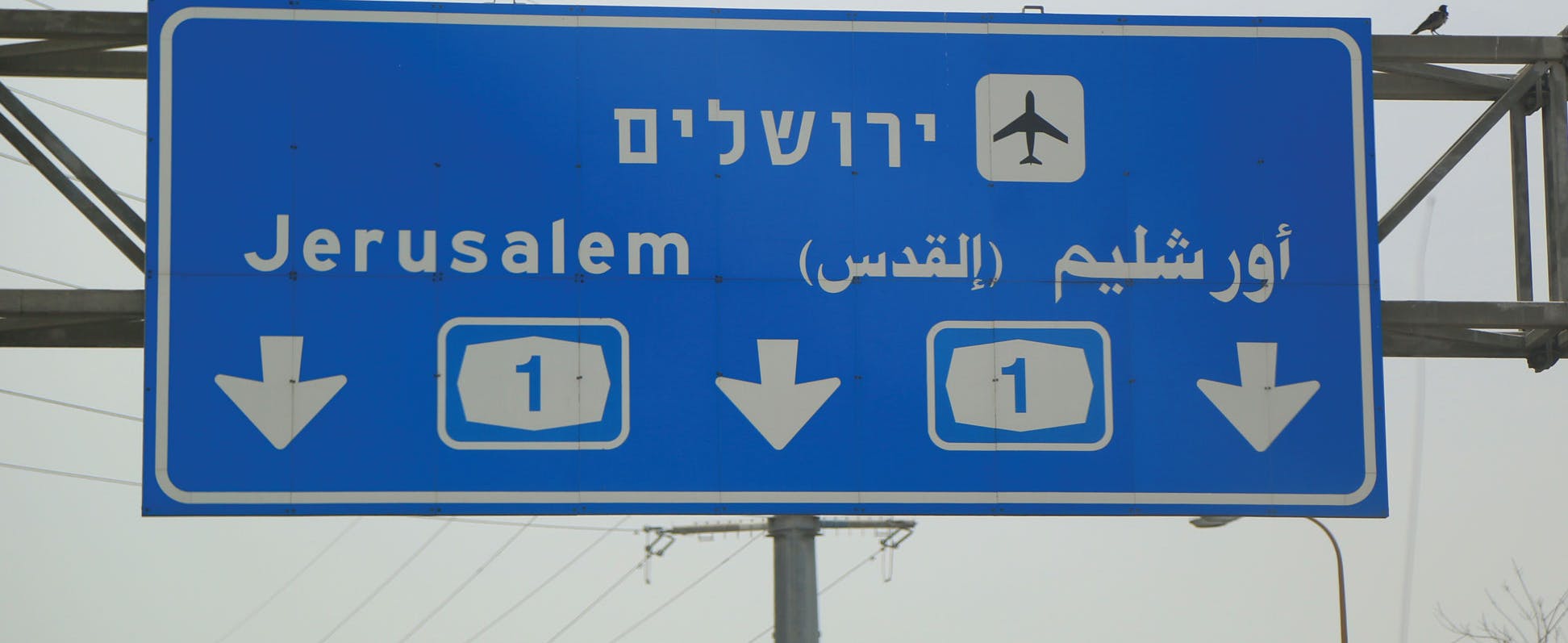
Living in Jerusalem is like living in a history book—even though the city is also vibrantly modern. One piece of evidence that supports this statement are the names of the city’s streets. Let me explain.
On my way to work, I generally get off the bus at Ester HaMalka (Queen Esther), but on mornings when I’m running late, I ride the bus a little further down Hebron Road to Daniel Yanovski. This street was named after an early Zionist leader, who spent most of his life in pre-State Israel until his death in 1977. Nearly 2,500 years of history separate Queen Ester and Mr. Yanovski!
There are over 3,000 streets in Jerusalem and the names for most of them function as arrows pointing to particular times or significant people in the 4,000 years since God called Abraham and his descendants to be His covenant people. When we stop and consider them, Jerusalem’s street names provide tangible evidence of God’s faithfulness throughout the centuries. They are also very interesting. Let’s take a look at a few of them!
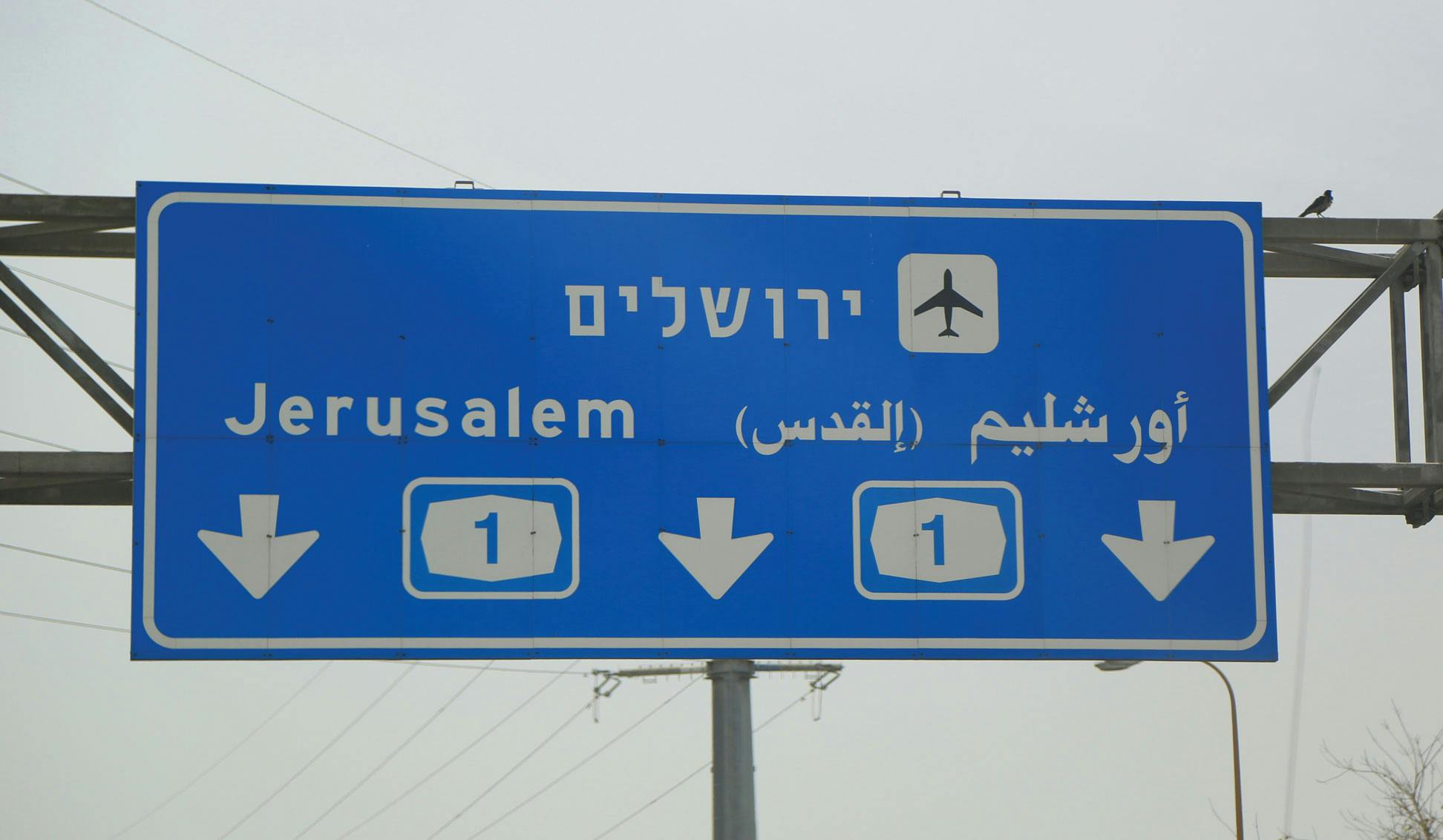
Streets of Jerusalem
In some areas of Jerusalem, street names follow a theme. Take for instance the biblical theme in Baka where streets are named after the 12 tribes of Israel. Then there’s Kiryat HaYovel, with street names like Mexico, Costa Rica, Iceland and Nicaragua—all nations that voted in favor of the UN resolution that established the modern State of Israel. Or the German Colony, with its delightful collage of names from different periods of Israel’s history. Here Hizkiyah HaMelech (King Hezekiah) shares an intersection with Tel Khai (Hill of Life), a street that commemorates the struggles of an early Jewish border community in the northern Galilee region during the early 1900s.
A nearby street named HaLamed Hei (The 35) would be confusing to those unfamiliar with Jewish history during the 1948 War of Independence. The name represents the number of Haganah and Palmach fighters who set out on foot to bring ammunition and supplies to the Jewish communities of Gush Etzion, which were under Arab siege. Tragically, these brave soldiers were discovered enroute and killed before they reached their destination.
Another interesting and unfamiliar street name in the German Colony is Brurya or alternatively Berurya. A Jewish scholar known for her brilliant intellect, Brurya was the daughter of a famous rabbi as well as the wife of another. While there are not exact dates for her birth and death, we know that she lived during the first and second centuries in the Roman province of Judea. It is said that she studied 300 topics of Jewish law each day and was quoted in the Talmud (rabbinic commentary on Jewish tradition and Hebrew Scriptures) as a chazal (sage).
World leaders who have influenced or had an impact on the Jewish nation are recognized as well. Tomas Masaryk (1850–1937), the first president of the Republic of Czechoslovakia, was an early supporter of the Jewish people. Although he was not Jewish himself, he granted full rights to the Jews who lived in Czechoslovakia and fought against antisemitic offenses during a time when violent pogroms were not uncommon in Eastern Europe.
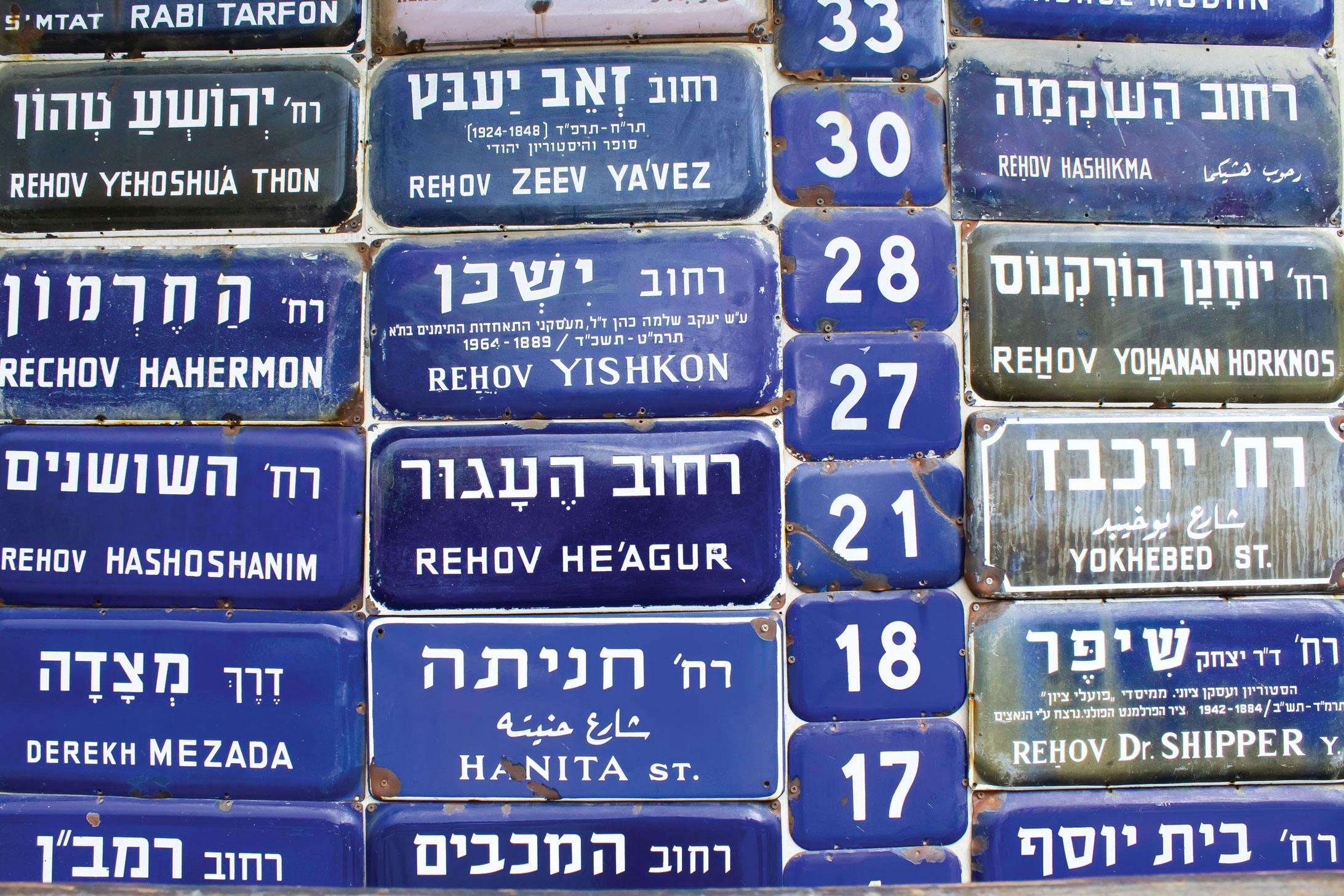
How many cities do you know that have a street named in remembrance of illegal immigrants? There’s one in Jerusalem called HaMa’apilim! The Hebrew is logical when you unravel its root. When a person comes to Israel, he or she is considered to have “gone up.” Our street name originates from the Hebrew word, Ha’apala, and is translated as “the ascension.” Beginning in 1934 through to the establishment of the State of Israel in 1948, the number of Jews who were allowed to enter the Land was severely limited—this at the time many Jews were struggling to leave Europe with its rising storm clouds of imminent danger. The Jewish community already living in the Land found innovative ways to bypass these rigid restrictions. Those who were helped to enter illegally became known as ma’apilim, hence the street of the illegal immigrants.
Soldiers and Priests
My evening commute back home takes me on a different route than the one I use in the morning. There are several streets that I’ve been curious about and this article has given me the incentive to learn about them. Two of the streets are not named for people but rather for character traits; Yad HaRutzim, or diligent hands, and Poalei Tzedek, which in the biblical sense means “a worker of righteousness.”
The first really large street the bus enters on the way home is General Pierre-Koenig, named for a French commander who fought alongside the British against the German army in Egypt during WWII. His connection with Israel began when a group of Jewish Palestinian soldiers who had also taken part in the battle arrived at the French command center. When he learned that British regulations did not allow them to fly the blue and white flag with its Star of David, General Koenig saluted it and ordered it to be flown on his own army vehicle next to the flag of France. It is said that his salute was the first ever by a foreign officer.
Then we turn onto Ben-Zakkai, a relatively long street that takes me through the area of Katamonim. I learned that Yohanan ben Zakkai lived during the Second Temple period and survived the Roman destruction of Jerusalem. He was an important figure in rabbinic Judaism and is buried in Tiberias.
Ben-Gamla Street commemorates another important figure from the same era. Joshua Ben-Gamla was a high priest in the last years of the Second Temple. His claim to fame was the development of a universal education system for young children in each district rather than just in Jerusalem.
When we cross HaRav Herzog Boulevard, I know I am getting close to home. Herzog is a major road in Jerusalem and is named for the first Chief Rabbi of Ireland (1921–1936), who later became the Ashkenazi Chief Rabbi of Palestine (1936–1948) under the British Mandate and then of the State of Israel until his death in 1959. His son, Chaim Herzog was the sixth president of Israel and is honored with streets named after him in 28 cities throughout the Land. Chaim’s son Isaac is currently Israel’s 11th president, but as of yet there are no streets named for him because it is not customary to honor a living person in that way.
And So We Remember
The admonition to “remember” appears over 150 times in Scripture, with the vast majority occurring in the Tanakh (Gen.–Mal.). What better way to accomplish this act of remembering than by learning the significance of the names displayed on the street signs? And I submit that Jerusalem, Israel and the Jewish people have developed this aspect of remembering to an exceptional level.

Discover Your Purpose and God’s Heart For You
In today's divided, turbulent world, it's essential for the Church to rediscover God's heart. Our free e-book, authored by a seasoned expert with three decades of experience in Israel, delves deep into the teachings of Jesus (Yeshua) to reveal God’s principles of love and purpose. Learn how embracing these truths can bring significance and impact to your life, even amidst chaos. Subscribe now to receive your free copy and embark on a journey of transformation.

